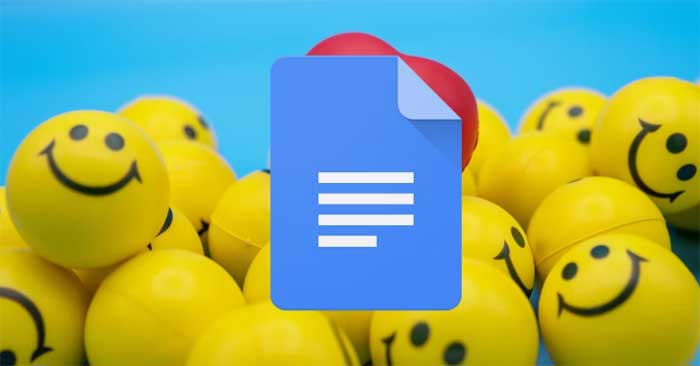5 Teaching Requirements You Must Have To Be a Successful Teacher
However, it takes more than just passion for teaching to be successful in this career. A good teacher must have knowledge and skills that go beyond just knowing the subject matter.
Teaching requirements are essential for anyone who wants to become a successful teacher. These requirements include education, certification, and experience. For instance, teachers get MEd to polish their skills, and if you are thinking about how to get a Med, you can research it. In this article, we will discuss why these requirements matter and how they can help you become an effective teacher who can inspire students to learn and achieve their goals.

Communication Skills: Clear and Concise Communication with Students
Effective communication skills are essential for teachers to convey ideas clearly and concisely to their students. Clear and concise communication requires a teacher to articulate their thoughts in a way that the student can easily understand. It means using simple language, avoiding jargon and technical terms, and focusing on the key message.
In addition, clear and concise communication also involves active listening. Teachers should pay attention to what their students say and ask follow-up questions to ensure they understand the information correctly. Finally, clear and concise communication is important because it enables teachers to maintain control of the classroom.
Patience: Ability to Handle Difficult Situations Calmly
Patience is a virtue that is highly valued in the teaching profession. Handling difficult situations calmly and with composure is essential for any teacher. One of the primary reasons why patience is such an important quality for teachers is that it enables them to deal effectively with challenging students.
Whether disruptive, disengaged, or struggling academically, challenging students can be a major source of frustration for educators. However, by remaining calm and patient in these situations, teachers can better connect with their students and find practical solutions to their challenges.
Classroom Management: Creating a Positive Learning Environment
Creating a positive learning environment is an essential aspect of classroom management. The teacher's responsible for developing strategies that foster a safe and supportive space for students to learn, grow and thrive. Classroom management skills ensure students remain focused, engaged, and motivated throughout their academic journey.
It involves several aspects, such as establishing clear expectations, rules, routines, and procedures. These guidelines help promote discipline while minimizing disruptions in class. Furthermore, excellent classroom management techniques help teachers create an inclusive environment where all students feel valued and respected regardless of their background or abilities.
Subject Knowledge: Mastering the Content Being Taught
Subject knowledge is an essential requirement for effective teaching. Mastering the taught content enables teachers to create engaging lessons that capture students' attention. When teachers know their subject matter, they can design instruction appropriate for different learning styles and abilities. It helps to ensure that all students are challenged at an appropriate level, which leads to improved academic performance.
Moreover, when teachers comprehensively understand the material they teach, it allows them to identify gaps in their students' knowledge and promptly address them.
Adaptability: Being Able to Adjust to Different Learning Styles
Adaptability is a crucial skill that every teacher should possess. It involves adjusting to each student's different learning styles and preferences in the classroom. It means that as a teacher, you should be able to modify your teaching methods, communication style, and assessment strategies to suit the needs of your students.
Some students may learn better with visual aids, while others may prefer hands-on activities or group discussions. By identifying these differences early on, you can tailor your lessons accordingly and ensure that every student has equal opportunities for success.
You should read it
- How to Communicate with a Child's Middle School Teacher
- Suggest ways to choose meaningful gifts for teachers on November 20
- How to Write a Paper
- November 20: Learn about the historical significance of Vietnamese Teachers' Day
- 7 things successful people never tell you
- 7 things successful people never say
- Ancient people have taught six things to avoid, if anyone can do it, it will succeed
- 10 thoughts help increase the performance of successful people
- If you are a happy and successful person, never say 10 sentences!
- 7 things successful people usually do during lunch break
- 12 weekend routines of successful people in the world
- How to Become a Teacher of Hearing Impaired Students
May be interested

How to use emoji comments on Google Docs

Why must the TV be unplugged when staying at a hotel or motel?

How to make delicious soursop salad

13 foods that help the body produce natural collagen to rejuvenate the skin

Tips to avoid burn out syndrome for programmers

Why do duck eggs have white shells and green shells? Which type should I choose?






 7 free educational apps classroom use teachers should know
7 free educational apps classroom use teachers should know Online corner: Teachers use VR to teach math in the game Half Life: Alyx
Online corner: Teachers use VR to teach math in the game Half Life: Alyx How to Become an Educational Consultant
How to Become an Educational Consultant Teacher of the Year: Teaching geometry math with virtual reality game Half-Life: Alyx for visualization
Teacher of the Year: Teaching geometry math with virtual reality game Half-Life: Alyx for visualization Things to avoid when choosing a teaching assistant
Things to avoid when choosing a teaching assistant What makes Thomas Edison a genius when he only comes to school for 3 months in his lifetime
What makes Thomas Edison a genius when he only comes to school for 3 months in his lifetime